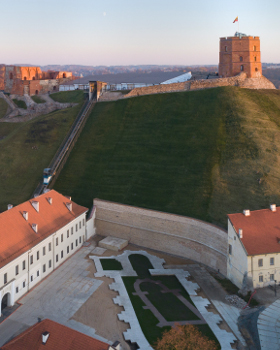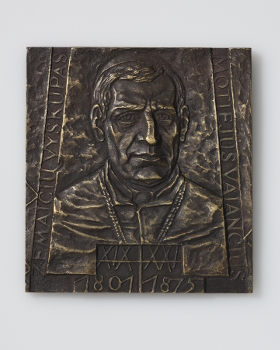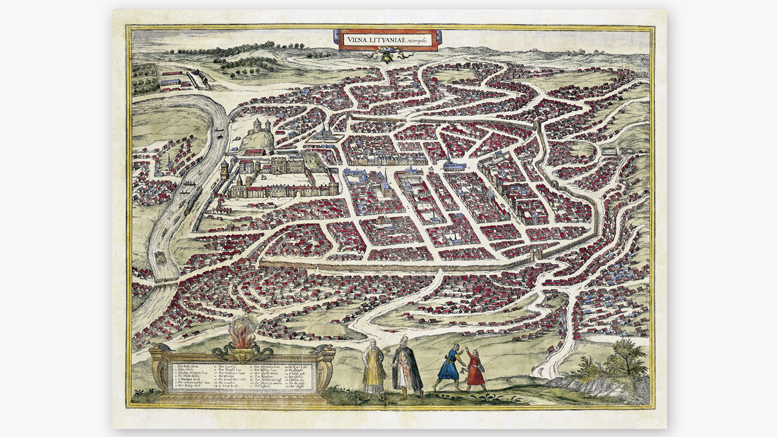Written sources and cartography
The collection of printed materials is the largest in the department. Particularly valuable is the collection of 16th–18th century parchments, documents related to various noble and magnate families, acts reflecting the development of cities and towns, and Lithuanian cartography. It includes a map of Lithuania of 1613 by Mikołaj Krzysztof “the Orphan” Radziwiłł, various 17th–18th century German and French cartographic works, and a map of the city of Vilnius, which was first included in Georg Braun and Franz Hogenberg’s atlas Civitates orbis terrarum published in Cologne in 1581. The collection also contains the privileges granted by the Grand Dukes to Lithuanian cities and towns, among them Sigismund Vasa’s and Władysław Vasa’s privileges to the towns of Biržai and Nowogrodek. Such documents as a letter from Krzysztof Mikołaj “the Thunderbolt” Radziwiłł of 1598, by which the Panemunė manor was transferred to the Massalski family, and letters of Karol Stanisław Radziwiłł remind us of the prominent magnate families of the Grand Duchy of Lithuania. The administrative politics of early Lithuania and the activity of the ruler’s chancellery are represented by documents and acts signed by the Grand Dukes. Books from churches, monasteries and private libraries reflect early library science and bibliophilic culture. A sizeable collection of books of various nature reveals the publishing activity of Lithuanian printing houses. A large part of the collection consists of 19th–20th century documents and printed material. The department holds documents and printed material related to the country’s political, social, economic and cultural life in the years of the tsarist and Soviet occupations, the Lithuanian National Revival and the building and development of the independent state of Lithuania restored on 11 March 1990. It contains abundant documentary material on the Lithuanian Sąjūdis movement, political and public organisations, mass events and various actions, the complicated period of the restoration of the state between 1990 and 1992, the conflict with the USSR and its military aggression and, finally, international recognition. A large amount of valuable material from this period was given to the museum by the chairman of the Supreme Council – Reconstituent Seimas of the Republic of Lithuania, prof. Vytautas Landsbergis, and a member of the Sąjūdis Seimas and Council Arvydas Juozaitis. The collection of written documents contains the documents of the signatories to the Act of March 11, Romualdas Ozolas, Bronislovas Genzelis, Česlovas Kudaba, Jokūbas Minkevičius, Valerijonas Šadreika, Kazimieras Antanavičius, and Gintaras Ramonas, the victims of 13 January 1991 and Medininkai, as well as public and party figures of the Lithuanian SSR.
 Back
Back 













